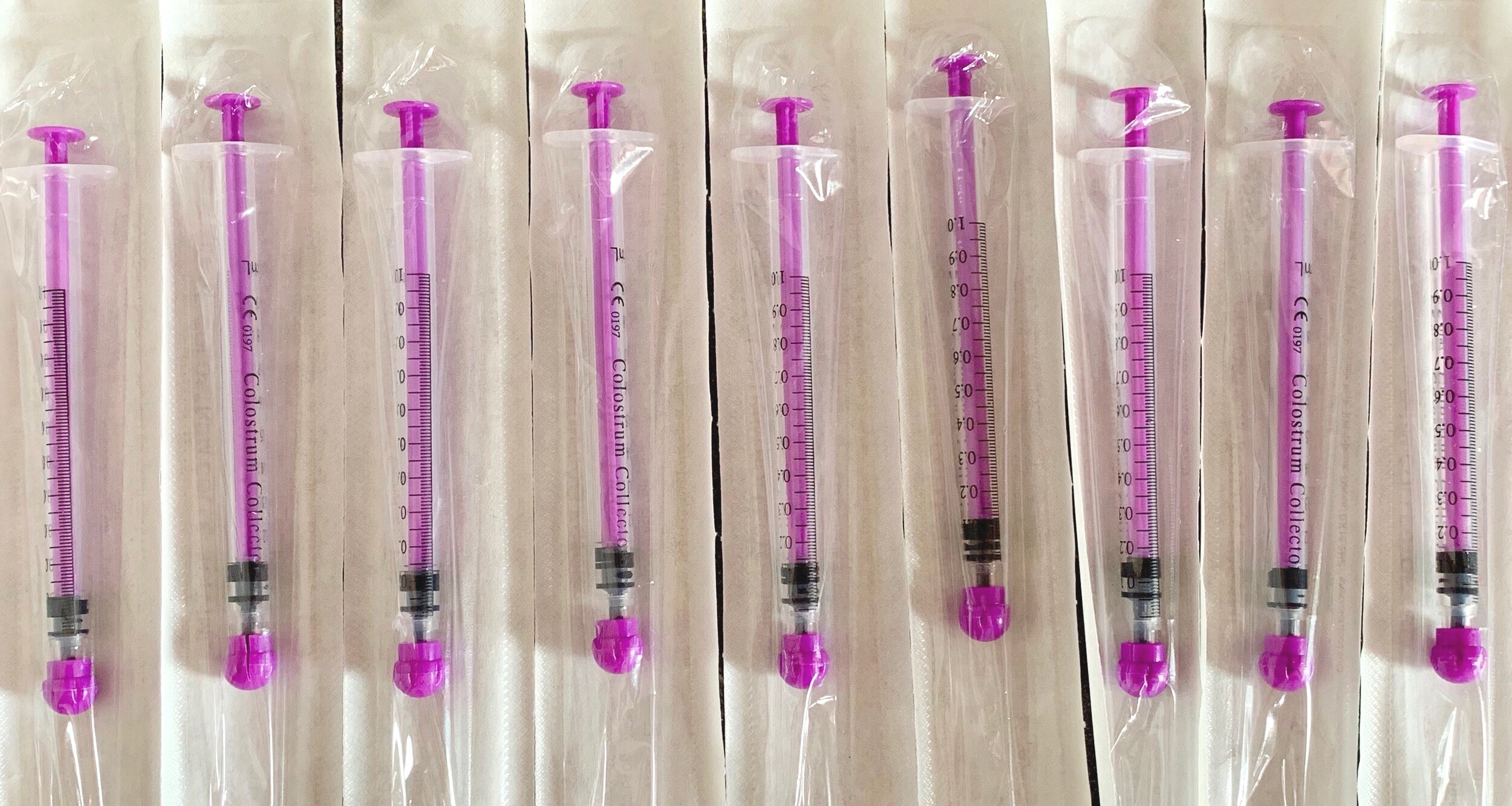
The physiology of breastfeeding
a.k.a how your boobs work
Why the science lesson?
Well, the principles behind breastfeeding physiology are the foundations to milk supply. It’s important to know how it all works because low supply is one of the top reasons mums give for stopping breastfeeding. If you can conquer your supply, you can conquer the world. Probably.
Breastfeeding is controlled by hormones. Hormones are chemicals produced by special cells that act as messengers when they are released, and they can signal to different parts of your body either close to where they are produced or to distant parts of the body after travelling through the bloodstream. They control pretty much every important bodily function we have, keeping each system in check in a delicate symphony. Think of hormones as the conductors of a magnificent orchestra; our bodies are maintained in homeostasis, or musical harmony, by the conductors controlling each instrumental section resulting in some sweet, sweet music!
The two key aspects of breastfeeding that are controlled by hormones are production of milk and ejection of milk from the breast. Both of these hormone controlled mechanisms work in what is called a feedback loop i.e. the action of the hormone controls the hormones own production. It’s really pretty neat!
The milk ejection reflex
What a magnificent name for a physiological mechanism! It’s the mechanism that controls the release of milk from the boob. (This is Erin’s all time favourite physiological mechanism, which says a lot because as a Reproductive Biologist she has a lot of weird and wonderful mechanisms to choose from!)
It works when the Mum’s brain gets a signal to say ‘hungry baby in the house’. Usually, this is triggered by nipple stimulation, either when the baby sucks or when hand expressing or using a pump. Teeny nerves in the nip send a signal to the brain and this triggers the release of two hormones from the brain: oxytocin and prolactin.
Oxytocin travels in the bloodstream to the breast where it triggers specialised milk containing cells around the alveoli to contract. This has the effect of squeezing the milk out of these little pockets and through the ducts before exiting the nipple and into your baby’s mouth (or down the front of your new t-shirt). This is commonly referred to as ‘let down’.
Once oxytocin starts doing its thing, prolactin saunters in and tells the boobs to make more milk; it does this by stimulating the milk producing cells in the alveoli. Prolactin levels are higher later on in a feed so its main job is to stimulate milk production for the next feed. Levels also vary throughout the day being highest throughout the night and in the early hours of the morning, thus that is when milk supply is highest and why your baby likely wants to feed through the night. Cool fact, but hard to appreciate the beauty of science when you’re awake at 4am to feed a hungry baby.
So, practically, what does all of this mean?
Remember we mentioned a feedback mechanism? Well, every time your baby stimulates your nipple by suckling, or you do it yourself with a pump, this hormone controlled reflex will kick in resulting in milk release and the production of more milk. When you hear your midwife saying: ‘put the baby to the breast often’ it’s because they are advising you to trigger this reflex as much as you can and thus stimulate your milk supply in the early days.
So, the more your baby feeds and the more milk that is removed from the breasts, the more oxytocin and prolactin is produced and thus the more milk that is made.



